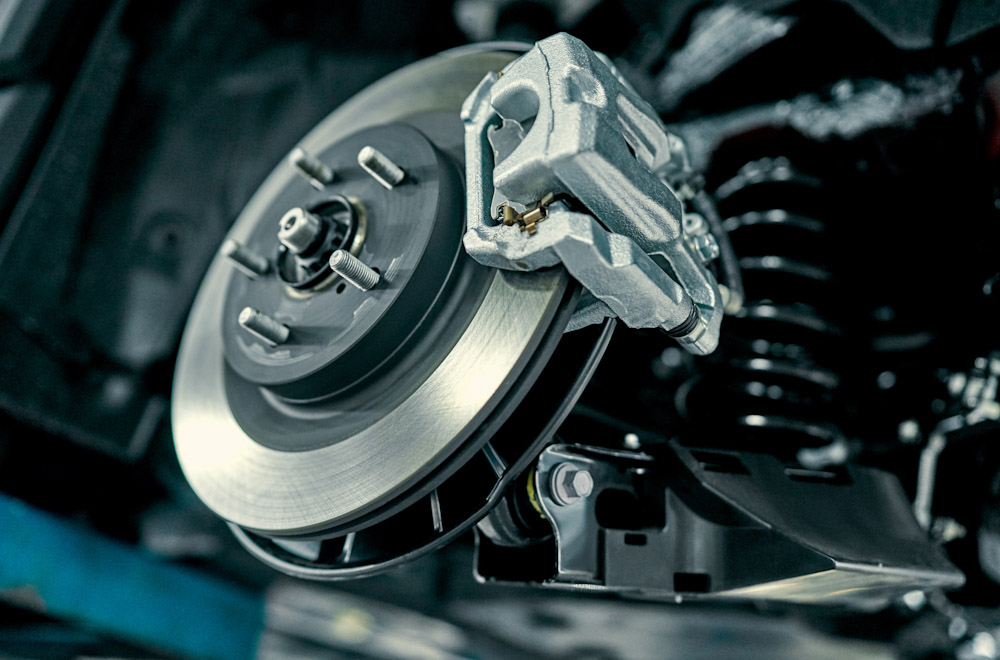When we get into our cars, we often take the various operating systems at work for granted. The auto repair experts at Schulz Auto Garage can get you started on familiarizing yourself with your vehicle, starting with how your brakes work.
Growing up, you were probably taught the concept that an object in motion stays in motion unless acted upon by an external force. Applying this to your vehicle, your car will keep moving until something stops it. Hopefully, that “something” is your brakes.
We don’t usually think about our brakes, simply trusting that they’re going to work every time we drive our car. But how do car brakes work? How does pressing the pedal in the front of your vehicle slow your car when it’s racing down the highway at 70 miles per hour?
How Car Brakes Work
Kinetic energy is moving energy. When a car is driving, it will continue to do so until it faces increased friction. Brakes use friction to slow and eventually stop the moving parts of your car when you’re driving. Picture a hand brake on your bike; when you pull the hand brake while cycling, you can look down and see brake pads compress against your bike wheel. This friction slows your bike to a controlled stop. A similar concept is at work with all four wheels of your car.
Converting Energy
Did you know that you can’t simply stop the kinetic energy your car exerts? Energy doesn’t just disappear; it is converted into another form. When your brakes are employed they convert kinetic energy into heat. As a result of the effort to stop your car at various speeds, your brake pads can be heated to 950° F or hotter.
Types of Brakes
- Disc Brakes
- Comprised of a disc, a caliper, and a pad.
- Pressing the brake pedal with your foot releases hydraulic fluid, initiating the brake caliper. The caliper presses the brake pad against the brake disc, causing the friction needed to slow and stop the car.
- Drum Brakes
- Comprised of a drum and brake shoes.
- Pressing the brake pedal with your foot causes a hydraulic cylinder to push against the brake shoes, which in turn pushes against the inside of the brake drum. The friction then slows and stops the cause.
Some cars have disc brakes on all four wheels, while others only have disc brakes on the front wheels. Drum brakes are less expensive than disc brakes but work just as well.
What Are Brakes Made Of?
Depending on the make and model of your car, your brakes may be made of composites, alloys, or ceramics. Due to the high temperatures, your brakes must repeatedly withstand, these materials ensure the prolonged function of your brake pads.
Caring for Your Car’s Brakes
You can avoid costly auto repair with regular maintenance of your car.
- Check brake fluid levels quarterly.
- Replace brake fluid:
- Every two years or
- Every 30,000 – 40,000 miles
- Have brake discs, pads, and rotors inspected by auto repair professionals regularly.
- Periodically come into Schulz Auto to have your brake lines pumped to remove air.
We want you to be confident every time you hit the road, so let us know how we can address your car repair needs.

